Eat Smarter: 9 Psychological Tricks Used on Restaurant Menus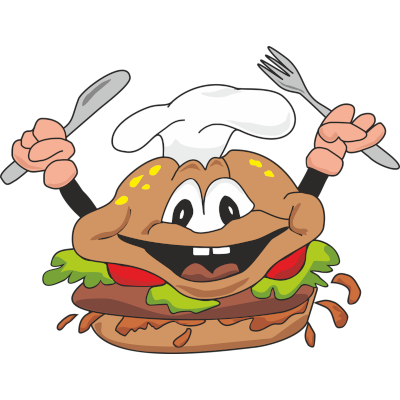 |
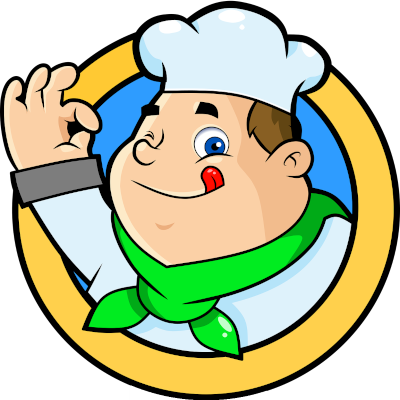 Good Food Ideas
Good Food Ideas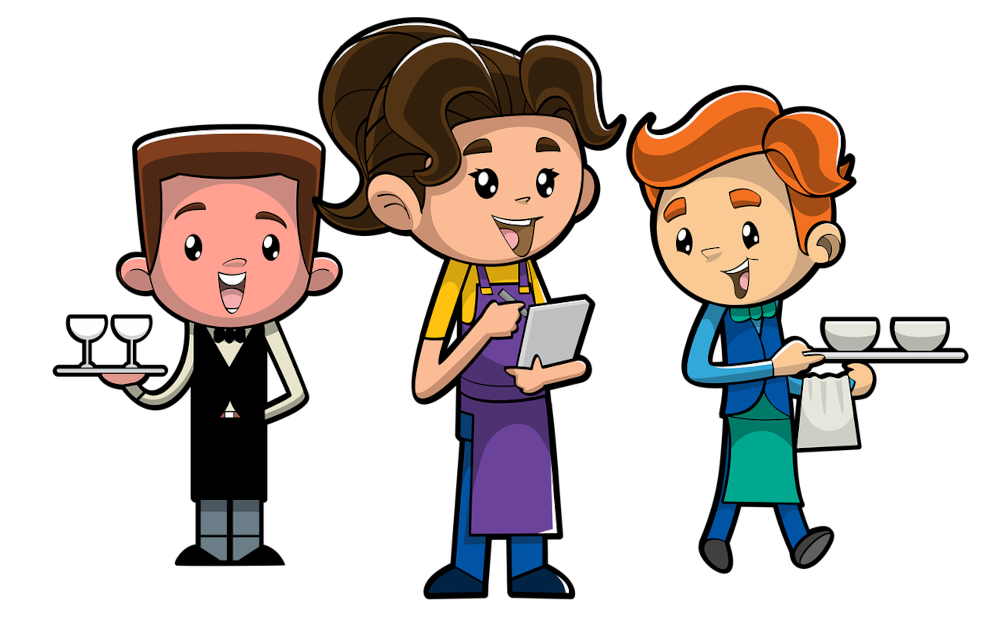
Believe it or not, the font and color of a menu has a bearing on our food choices.
Studies have shown that using red and yellow font colors can stimulate our appetite, while green and blue colors can have a calming effect.
Also, using bold and larger fonts for specific items can draw our attention to those items and make us more likely to order them.
Have you ever noticed that some items on the menu are placed in a box or highlighted in a different color? That's because restaurants carefully place these items in just the right position to catch our eyes. These items are usually the most profitable for the restaurant, and they want to make sure we see them first.
The language used in a menu can have a lot to do with our food choices.
Using descriptive words like juicy, tender, and mouth-watering can make us want those items even more.
Similarly, using words like fresh, local, homestyle, and homemade can give us the impression that we're making a healthier choice.
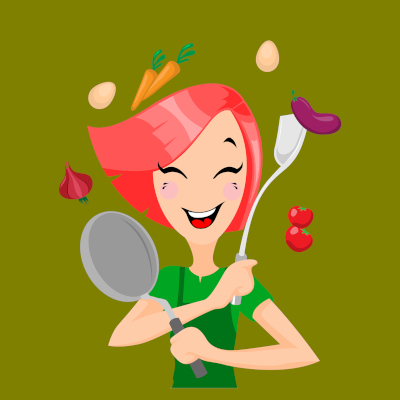
I can live with most of a restaurant's menu language. After all, these are advertising words, and restaurants have the right to advertise.
However, there is one word I have a problem with - HOMEMADE!
What do they do? Have the chef go home and make the dish, and bring it to the restaurant to serve? Hardly!
Homemade means, made at home.
Even if the chef lives in the restaurant, I still have a problem with the word.
The other words are just smart business, and they may be true. But homemade? Come on! Not a chance!
They say a picture is worth a thousand words, and that's especially true for restaurant menus.
Seeing a photo of a dish can make us want to order it, even if we weren't planning on having it.
Restaurants tend to use images of their most profitable and visually appealing dishes to entice us.
Have you ever noticed that the most expensive items on the menu are usually placed at the top or bottom? That's because our eyes tend to gravitate towards those areas, making us more likely to order those items.
Restaurants also use decoy pricing, where they list a high-priced item next to a slightly lower-priced item to make the lower-priced item seem like a better deal.
Restaurants use a variety of pricing techniques to make us spend more. One of these techniques is using rounded numbers, which can make prices seem more reasonable and less intimidating.
For example, a dish priced at $10 may seem more affordable than one priced at $9.99.
Additionally, restaurants often remove the dollar sign ($) from prices, making us focus less on the cost and more on the food itself.
Have you ever seen a menu with a seasonal or limited time section? These items are often highlighted and marketed as special and unique, making us feel like we need to try them before they're gone.
This sense of urgency can make us more likely to order these items, even if we weren't planning on it.
Restaurants often use the decoy effect to make us spend more. This is when they offer a high-priced item next to a lower-priced item to make the lower-priced item seem like a better deal.
For example, if a hamburger is priced at $15 and a steak is priced at $25, the steak may seem like a better value, even though it's more expensive.
Restaurants often group similar items together, making it easier for us to compare and choose.
For example, appetizers, entrees, and desserts are usually grouped separately, making it easier for us to navigate the menu.
Also, restaurants may group items by cuisine or dietary preference, making it easier for us to find what we want.
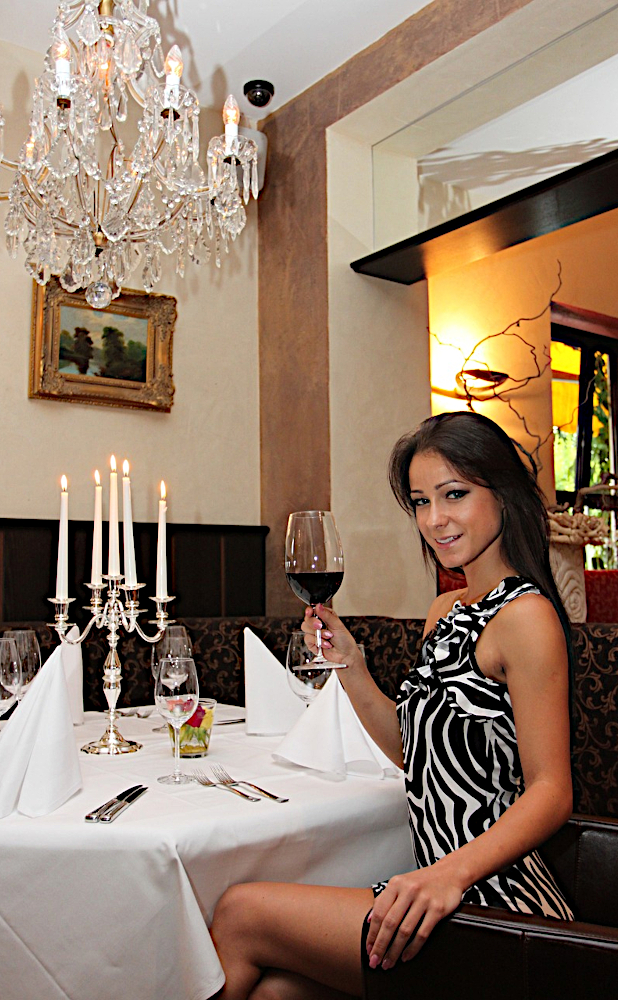
Next time you're at a restaurant, take a closer look at the menu and see if you can spot these psychological tricks. Being aware of these tactics can help you make smarter and healthier food choices. So the next time you're feeling tempted by that carefully placed dessert or limited-time offer, take a deep breath and think about whether it's really what you want to order. Eat smarter and enjoy your meal!
Thank you for visiting us. Please visit us again. You are always welcome.
AND:
Remember! At SurfSideSafe, we are here to make your life much better.

Upload☻Create☻Connect
All in one place
And we actually listen
👉 See why people are making the switch